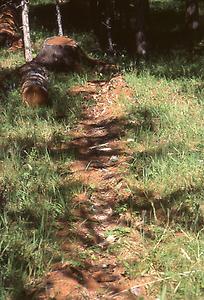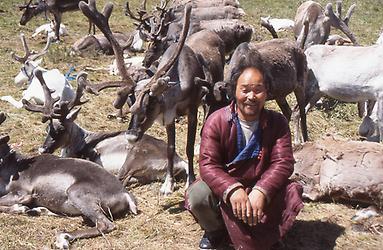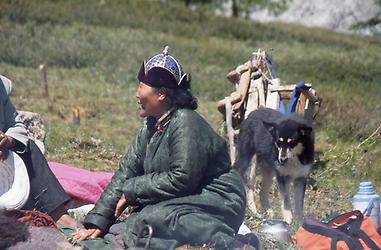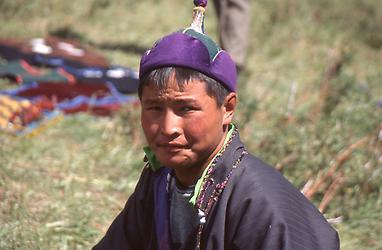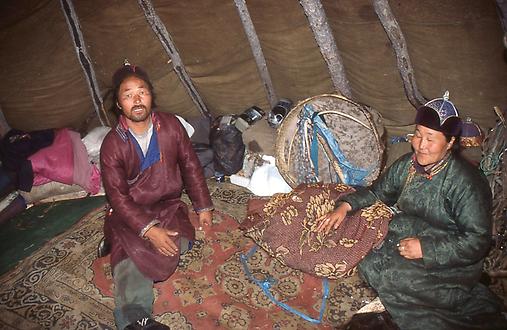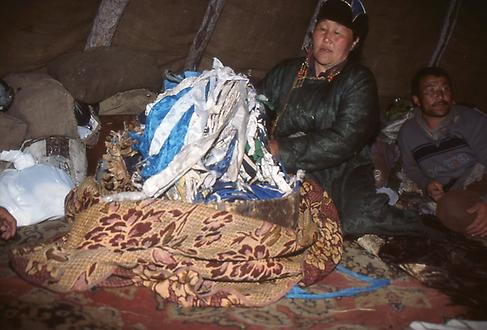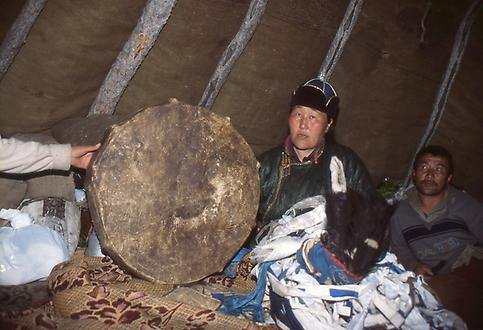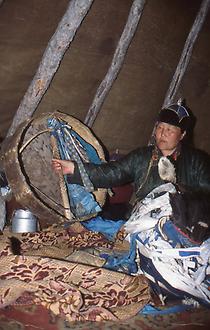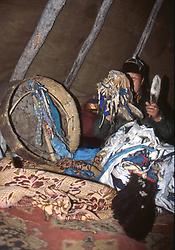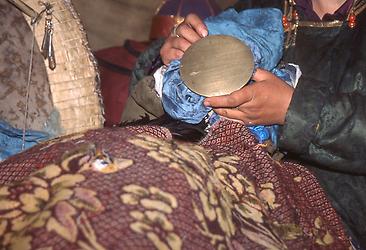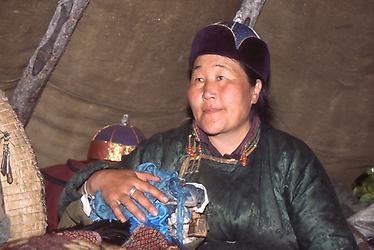The Tsaatan, a small group of people of reindeer breeders in northern Mongolia #
ByAll photos were taken by the author in 2001 and are part of the archive „Picture flood Jontes“.
They call themselves Tyva-Kisch or Sojon-Uriangchaj and live close to the border with the Russian Siberia in the mountains near the Chöwsgöl-Lake Chöwsgöl, Mongolia , the largest freshwater reservoir in Eurasia after the Baikal. They don’t belong to the group of Mongolian tribal peoples in Outer Mongolia, but rather are a Turkic-speaking minority such as the neighbouring Kazakhs. They represent an noticeable minority in Mongolia. Ethnic Mongols are known to be the most independent and noble representatives of the Asian horse culture.

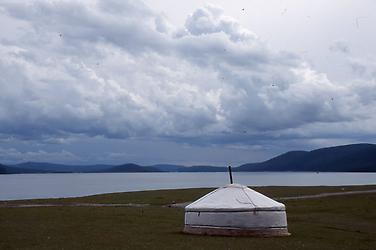


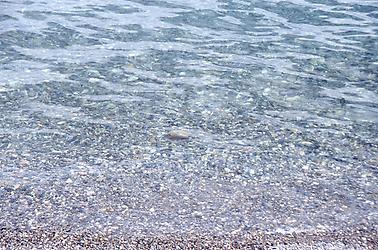


The Chöwsgol Nuur or Chöwsgöl Dalai with its 2760 square kilometres is the second largest lake in Asia after Lake Baikal. In comparison, the largest European lake is the Hungarian lake Balaton (germ.:Plattensee) with 594 square kilometres, followed by Lake Constance with 536 square kilometres.
Like several other ethnical minorities in northern China and Russian Siberia, the Tsaatan are breeders of reindeer. As it is well known, the most western representatives of this self-sufficient culture of breeding livestock are found in Finnish Lapland. They carry out their nomadic life across borders to Norway and Russia.
To reach Tsaatan, you have to go up to the mountains from the Chöwsgöl Lake. The terrain is so rough so that one can reach Tsaatan only on horseback.

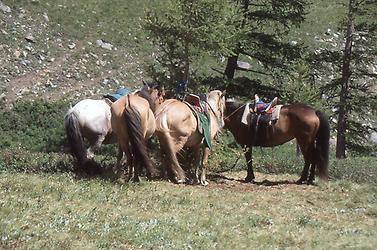

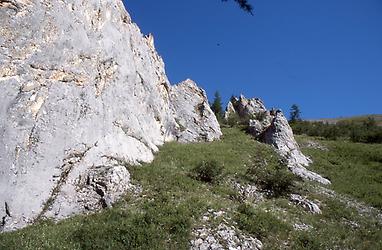

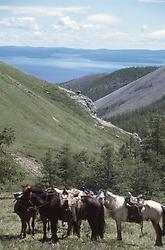
You cross a genuine unspoiled jungle. If a tree dies, it falls in a storm and then nature takes it back slowly and slowly until it is completely rotted, disappears and becomes itself a breeding ground for future growth.
In their appearance members of the Tsaatan people differ from ethnical Mongols. They are open-minded and welcoming and live in close connection with nature. In clothing they have adapted themselves to the Mongols. They do not yet wear western clothes.
The reindeer is used by Tsaatan in various ways. It provides milk, meat, wool and skins. It is used for transport but even used as riding animal. This animal with its impressive antlers feeds mainly on lichens: therefore those are called as reindeer lichen. Unlike grass for horses, cattle, sheep and goats, lichen in the steppes of Mongolia is not available in abundant supply. Therefore, the Tsaatan are forced to nomadize in smaller groups. About 30-40 family associations follow traditional routes with their herds. Chinese popular medicine has a big demand of antlers. Thus, since the opening of Mongolia, the reindeer breeders are selling the antlers shed or even the antlers of young animals.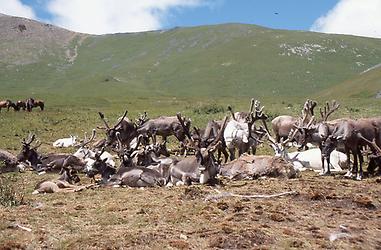
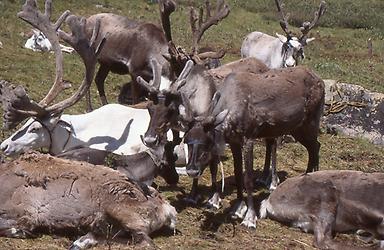
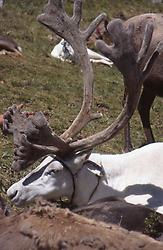
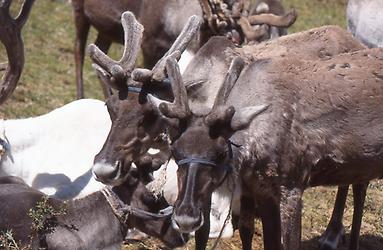
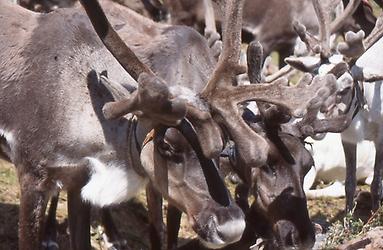

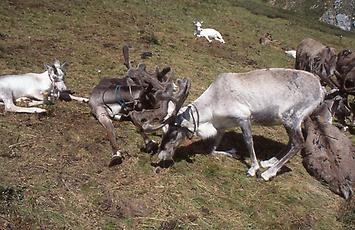

Unlike the ethnic nomadic Mongols, they don’t carry with them yurts (mong. ger) that can be transported by dismantling them into small pieces. They live in cone-shaped huts made from thin tree trunks, similar in a noticeable manner in material and construction to the tipis of North American Plains Indians. They are covered with reindeer hides, today probably also already with textiles.
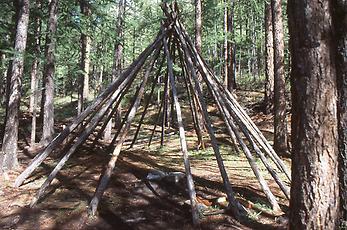

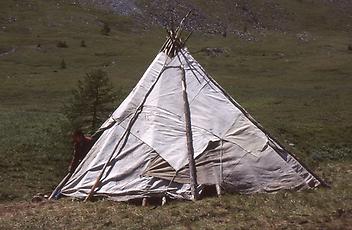
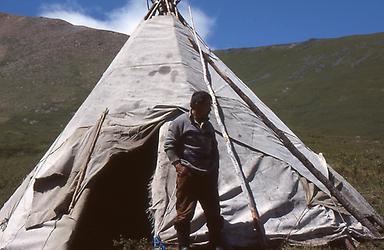
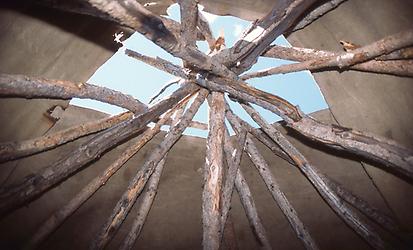
Although Mongolia has adopted Tibetan Buddhism as the state religion since the Middle Ages, there are still shamans (mong. boo, mergen) among the Tsaatan. According to the Northeast Asian tradition, shamans make contact to ancestors and nature spirits. They can look inot the future and as the highest knowledge they can acquire they act as a healer. The Buddhist lamas attempt to reduce shamanism, but with little success. On the other hand Tibetan Buddhism has adopted many characteristics of shamanism. However, the female shaman shown in the concrete picture was powerless against the call of the spirits, although she was reluctant to accept her role at the beginning.
The dress for conducting shamanic rituals has colourful strips of cloth but most important place for a mirror as will be explainde below.
The shaman drum (tsaa. chingereg) has to be produced according to very specific requirements. The frame is made of the shady side of a larch. The leather comes from a three-year old reindeer. The drum of a male shaman comes from a male reindeer, the drum for a female sham from a female one. Thirteen sounding pieces of iron have to be attached to the drum. In addition, there have to be twenty-five pieces of iron on the gown, a total of 38 pieces. Iron plays an important role in shamanism. The drumstick is made from a reindeer paw.
During the prophecy, the spirits can see themselves in the mirror which is worn with the shaman robe over the chest.
When questioned by th author, she gave a bit of insight into her career as a shaman. In order to meet with the sky, she puts herself in a trance by practicing certain movements and by dancing. She does not put herself in trance very often, but at least once a month. In her region, she is the only one who is physically and mentally capable of doing it. During the communist reign of terror, the shamans were persecuted and the representatives of this religion of nature were almost completely eradicated. Today, however, things are looking up again. In the culture of these peoples, shamanism is firmly established. As mentioned, (Mongolian) Buddhism has great reservations towards shamanism.
She was seventeen years old when she became a shaman and began to climb the ladder of skills, initially as a „shaman with a stick.” The second level is called “runner”. With about twenty-four years one can see the future. In the third level “Tenggri” (mong. “Gods”) one can effect protection from evil. The most exalted level is the level of healing to which she is still on the way.
You need a teacher to become a shaman. She gives her knowledge already to her nine years old daughter. In trance, when she is on the way to the sky, she does not feel that she is flying. She does not notice anything around her. However, she brings messages from there. She speaks in the language of Tsaatan, but also Mongolian. She does not understand, but others understand her. People ask her questions and she talks about it with the spirits. Everybody who comes can ask questions. After such an event she is not tired, but is quite elated. Shamans also use other methods to look into the future, as it was also done in Old China: The shoulder blade of a sheep is heated. From the shape of cracks that occur, the shaman can predict the future for the questioner. This method of shamanism is not practiced by her.


